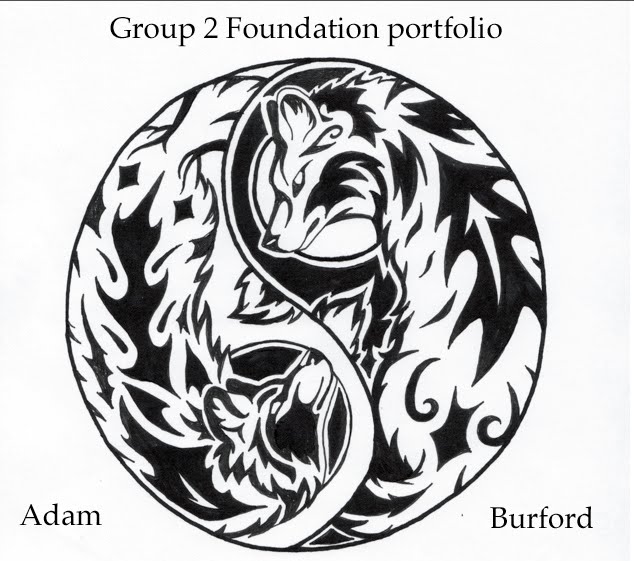

Audience of Film Noir
Film Noirs are generally adult oriented movies as they sometimes contain violence, sexual references, adult themes, drug references and drinking, smoking and foul language.
Classic Noirs when first released normally classed as PG as they couldn’t show many of the characteristics from above, for example they didn’t show much violence, had no foul language in them and showed hardly any drug references.
Neo-Noirs i.e. new Noirs are usually released as 18’s as they do sometimes contain violence, drug references, drinking and smoking and foul language, for example L.A. confidential is an 18 as it does contain these characteristics. This of course doesn’t mean that all New Noirs that are released are rated 18, as The Dark Knight released in 2008 is classed as a Neo Noir and was rated as 12 A in the UK.
Our opening
We intend our film noir opening to be fit for viewing for the ages of 15 and above meaning that anyone below the ages of 15 should not see this if it was a real Noir as the content in it may be unsuitable for them and they try to imitate the film.
BBFC
BBFC stands for British Board of Film Classification and it is a rating system that chooses what age rating film will be when they are released. They look at all key points of a film to see have any criteria’s that fit the definition of an age range. The criteria’s that fit the age ranges of 15 and 18 movies.
15 Films
Discrimination
In the whole of the film there must not be a single reference or phrase that can be related back to a racist or racially derogative term. Should a film incorporate this it need to be given a higher rating or remain unclassified.
Drugs
In the film if there is a particular scene that incorporates drugs it must not fully endorse drug use. It must not make the idea of taking drugs appeal to audiences of the film.
Horror
Scenes of strong threatening behaviour are allowed unless the scene becomes sadistic or even sexualised.
Imitable behaviour
In the film, there should be no scenes that glamorise easily accessible weaponry. There should also be no scenes in which suicide or grievous bodily harm to oneself should not be shown so as to allow these acts to be imitated.
Language
Certain words such as “fuck” can be used but must not be used in an excess. However the stronger words must only be used if they can be justified by the context of the scene.
Nudity
There are no constraints on the acts of sex in a 15 film. However the acts performed must not be in great detail or be too explicit.
Sex
Sexual activity must not be in strong detail and loose references to sexual acts are allowed. However the strongest of these references are not permitted unless the context justifies them. A sexual act with the sole purpose to arouse will not be permitted.
Theme
No themes are not permitted as long as the content is suited for persons of age 15 or higher.
Violence
Strong violence is allowed but it must not dwell on the actual infliction of the damage and the scene. The strongest of these gory images are unlikely to be accepted. Strong sexual or sadistic acts of violence are not permitted. Verbal references to sexualised violence must be discreet and have strong justification to the context.
18 Films
Material that breaches a law or is an offence of the law.
Where the explicit images from sexual acts that cannot be justified by context. Such images may be confined to R 18 only but some are in ordinary 18 films.
Where there are images that risk harm to individuals through behaviour. Such as violence or dangerous acts and harm to public health morals.
Sex scenes In
18’s can be used as education purposes and are permitted.
Sex material containing certain only normal sex can be passed as 18. However films, which have strong fetish material or incredibly explicit animated images, are also confined to R18 films. Material which is unacceptable for R18 films are also unacceptable for ordinary 18 films.










